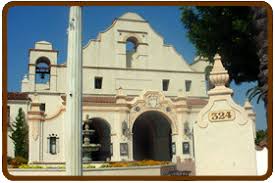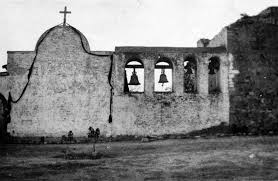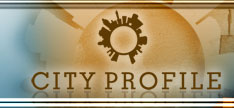I've been very fortunate to have visited all 21 California missions ? plus three in Baja California. I have to admit that not any single one is my ?favorite.? to me, all of them are awesome.
Think of it. In the late 1700s, men wearing grey robes enter an unknown land occupied by thousands of naked savages waving their spears, bows, and arrows. Outnumbered, with a minimum of soldiers to protect them, the friars located sites and materials, laid out the structure without any degrees in architecture, and built them with the help of people who had never dreamed of anything like agriculture or constructing such structures.
What about the numerous Indian slaves they had?
That is one of the biggest lies foisted upon those interested in California history!
Due to the kindness and devotion shown by the friars, the Indians willingly came to the various sites. Their work days were far, far easier than any we experience now ? more then two centuries later. They attended morning prayers, ate breakfast better than what they'd known before, spent two hours in religious instruction, worked for two hours, then broke for lunch. That was followed by two more hours of work, after which they were free to look after their own needs and desires.
How about the whippings to make them work?
Another bald-faced lie!
Only when the individual could no longer be corrected verbally did the friars spank them as a parent would spank a child of their time. The friars looked upon the Indians as children to whom they, as spiritual leaders and parents, were responsible to look over. As parents, they spanked their children when necessary. A clear and inviolate rule was that no punishment was to cause blood to flow, create crippling bruises, or other harm. For proof, check out Hispanic California Revisited by the Franciscan Press of Mission Santa Barbara. [Be it known, the friars daily ?punished? themselves far, far worse!]
So, which is my favorite?

San Carlos Borromeo at Carmel due to its unique architecture and beautiful interior ? and that it served as the headquarters for the Franciscan friars.

San Gabriel Archangel as it was the biggest with the most productive horse herds and livestock.

San Juan Capistrano as it shows best the various mission industries.
San Antonio de Padua which lies far from the beaten path and is probably closest to what the missions were like in the late 1700s.
I found my extensive research into the founding of the missions most enjoyable. I hope that some of you will like the results of that when the first of my three novels about Father Serra's Legacy, The Sailor and The Carpenter, comes out early in 2012. To keep abreast of its progress, please come and visit A Soldier's Tales @
A Soldier's Stories. Look forward to seeing you there.



